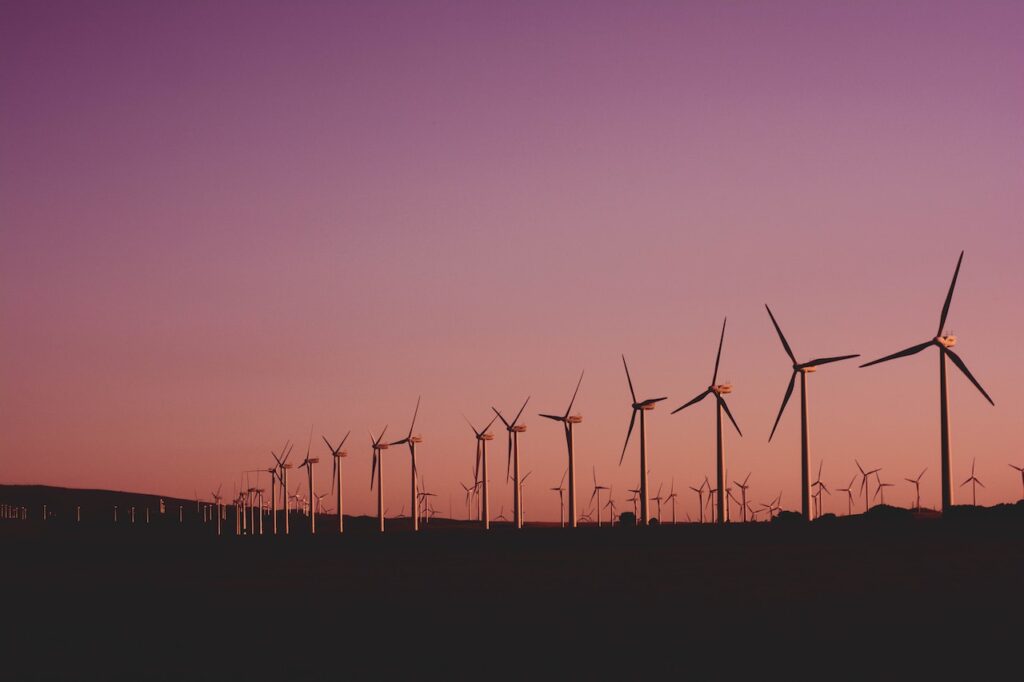
Renewable resources play a crucial role in shaping a sustainable and clean energy future. Unlike finite fossil fuels, renewable resources are naturally replenished and have minimal environmental impact. This article explores the concept of renewable resources, their importance in mitigating climate change, and the various types of renewable energy sources that can drive the transition to a low-carbon economy.
Understanding Renewable Resources
This section provides an overview of renewable resources, explaining their characteristics and significance. It defines renewable resources as natural sources of energy that can be replenished over time, such as solar radiation, wind, hydroelectric power, geothermal heat, and biomass. It highlights the sustainable nature of these resources and their potential to reduce greenhouse gas emissions.
The Environmental Benefits of Renewable Resources
Delving deeper, this section explores the environmental benefits of utilizing renewable resources. It discusses how renewable energy sources contribute to reducing air pollution, mitigating climate change, conserving water resources, and protecting ecosystems. It emphasizes the potential of renewable resources to foster a cleaner and healthier environment for both humans and nature.
Solar Power
This section focuses on solar power, one of the most abundant and widely available renewable resources. It explains how solar energy is captured and converted into electricity through photovoltaic (PV) systems or concentrated solar power (CSP) plants. It discusses the benefits, challenges, and advancements in solar technology, along with examples of successful solar energy projects.
Wind Power
Highlighting the immense potential of wind energy, this section explores the utilization of wind power to generate electricity. It explains the process of harnessing wind energy through wind turbines and discusses onshore and offshore wind farms. It also addresses the advantages, challenges, and innovations in wind energy technology, along with notable wind power projects worldwide.
Hydroelectric Power
This section focuses on hydroelectric power, which harnesses the energy of flowing or falling water to generate electricity. It explains the different types of hydroelectric systems, such as dams, run-of-river projects, and tidal power. It discusses the environmental considerations, benefits, and challenges associated with hydroelectric power, along with notable hydroelectric projects.
Geothermal Energy
Exploring the power of Earth’s heat, this section discusses geothermal energy as a renewable resource. It explains the extraction of geothermal energy from natural hot springs, geothermal power plants, and ground-source heat pumps. It highlights the advantages, geothermal technology advancements, and potential applications in heating, cooling, and electricity generation.
Biomass Energy
Addressing the utilization of organic matter, this section explores biomass energy as a renewable resource. It discusses the conversion of biomass, such as agricultural residues, forestry waste, and energy crops, into biofuels, biogas, or heat through processes like combustion, gasification, and anaerobic digestion. It explores the environmental benefits, challenges, and sustainability considerations of biomass energy.
Conclusion
Summarizing the key points covered in the article, the conclusion emphasizes the importance of renewable resources in shaping a sustainable and clean energy future. It underscores the benefits of renewable energy sources in mitigating climate change, reducing pollution, and promoting environmental stewardship. By harnessing the power of renewable resources, we can transition towards a low-carbon economy and secure a more sustainable future for generations to come.